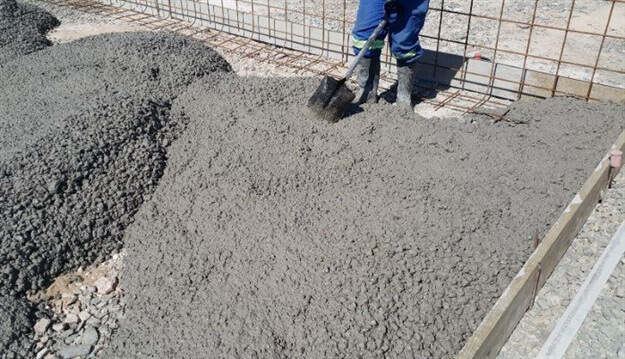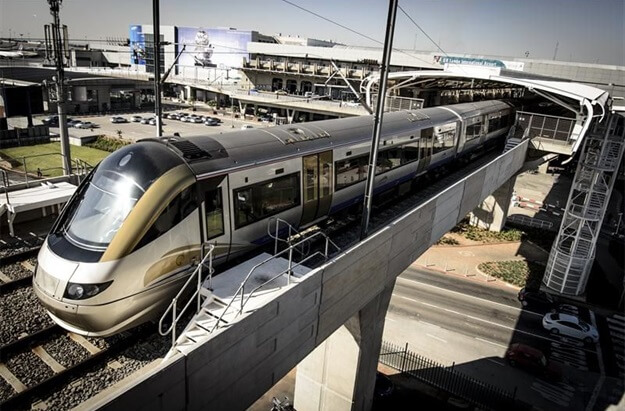One cubic metre of concrete has a carbon footprint of 350kg of CO2, making this staple material in the construction industry one of the biggest contributors to greenhouse gases in the world. This fact was shared by Cyril Attwell, researcher and director at ARC Projects, at this year’s annual GBCSA Green Building Convention. Attwell, however, is one ardent scientist looking to turn concrete’s bad rap around, exploring ways to take the material from grey to green.
He’s worked on a number of projects that have seen not only high reductions in CO2 output, but big cost savings as well.

Gautrain
Working on the development of the Gautrain, Attwell was asked to design the concrete and oversee the production of it for the project. From an original estimate of 340,000 tonnes of cement, he was able to reduce the required amount to 210,000 tonnes. How? By replacing 32% of the cement with flyash from mine dumps. The outcome was that approximately 130-million kilogrammes of carbon dioxide were saved.
“The original estimation of cement usage would have needed 4.5km x 3km of rainforest, alive for 40 years, to counteract the carbon dioxide reduced in making the cement for the Gautrain. Due to the technology we applied, we reduced that by 2.5km x 3km,” explained Attwell.
Using the molecular integration of the human skeleton as inspiration, they also managed to achieve 74MPa for the material.
“Even more unique was the flexural strength increase,” said Attwell. “The standard relationship between compressive strength and flexural strength is you have 10% flexural strength of compressive, but because of the crystal formations we had, we were able to increase that to 22%.”

Portside Tower
Attwell also worked on the development of the Portside Tower, not only the tallest building in Cape Town, but the largest autoclaved aerated concrete structure in the world currently. In producing the concrete for the five-star Green Star certified building, 65% of the material constituted waste from the steel industry, reducing carbon output by 58%.
City Deep Container Terminal
In the construction of the 146,000m2 of paving at the City Deep Container Terminal dry port in Gauteng, 100% replacement waste material was used. Along with a 92.7% reduction in carbon emissions and increased durability – at its peak the terminal handles 300 trucks a day – the project saw a 30% reduction in material costs, and a 25% reduction in labour costs.
“This site, to date, is the only site where you broke up 77,000m3 of concrete and used 100% of it – no other site has done this in South Africa yet… We either utilised it on site, or sold it to our other sites and used it there,” explained Attwell.
The project was named runner-up in the 2014 Nedbank Capital Sustainable Business Awards’ Infrastructure and Renewable Energy category.
For more info on GBCSA’s 10th annual Green Building Convention, go to www.gbcsaconvention.org.za.
Article source: Bizcommunity
